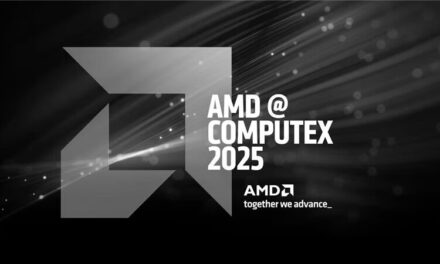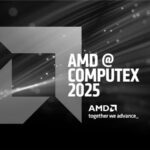
The Role of Technology in Enhancing Governance Risk and Compliance (GRC) Practices

Businesses must always ensure that they adhere to legal regulations, manage risks effectively, and maintain ethical standards. These components form what is known as Governance Risk and Compliance (GRC).
In today’s digital age, technology plays a crucial role in enhancing GRC practices. Technologies can improve efficiency, enable automation, and provide organized systems for businesses to make better decisions.
Below, we have covered the important role of technology in enhancing Governance Risk and Compliance, focusing on the various benefits that it can provide for your business.
Better Data Management and Analysis
Technology enables you to collect, store, and analyze large volumes of data closely related to governance, risk, and compliance. GRC software and other related technologies enable you to integrate datasets from multiple sources to identify trends and patterns and mitigate potential risks.
Advanced analytics and reporting capabilities allow for real-time insights. It empowers you to make data-driven decisions and take proactive measures to move your business forward. You might struggle to manage your data effectively without helpful software and analytic technologies.
Easier Automation of Compliance Processes
Compliance requirements can be complex and time-consuming to manage manually because there are so many different rules and regulations to consider regarding data collection and storage. You can use technology to automate compliance processes and reduce the need for manual compliance checking.
Automation technology also enables you to reduce error risks and oversights. You can automate data collection processes and trend identification, as well as workflows, policy management, and certification renewals to improve efficiency and resource allocation.
Better Risk Assessment and Management
Risk assessment and management practices are some of the most time-consuming tasks that businesses face. Using technology to facilitate and automate these processes in every possible aspect can improve efficiency, productivity, and success.
GRC software and platforms provide frameworks, methodologies, and tools that you can use to identify, evaluate, and prioritize risks across your business. Risk assessment software enables you to identify potential weak areas in your datasets that could carry risks of errors or security breaches. It may be difficult or even impossible to identify these risks without the help of GRC technologies.
Streamlined Collaboration and Communication
Technology enables efficient collaboration and communication among different departments within your business and with stakeholders involved in GRC practices. Cloud-based platforms provide a centralized system that you can use for all data documentation, policy information, and GRC protocols.
With a centralized system to store all governance risk and compliance data that you have gathered in your business, you can streamline communication and collaboration between staff and with each of your stakeholders.
They can access the information they need at any given time, enabling strong collaboration, easy document sharing, and task tracking. Each of these things plays a key role in seamless communication and coordination among teams responsible for governance, risk, and compliance activities.


























